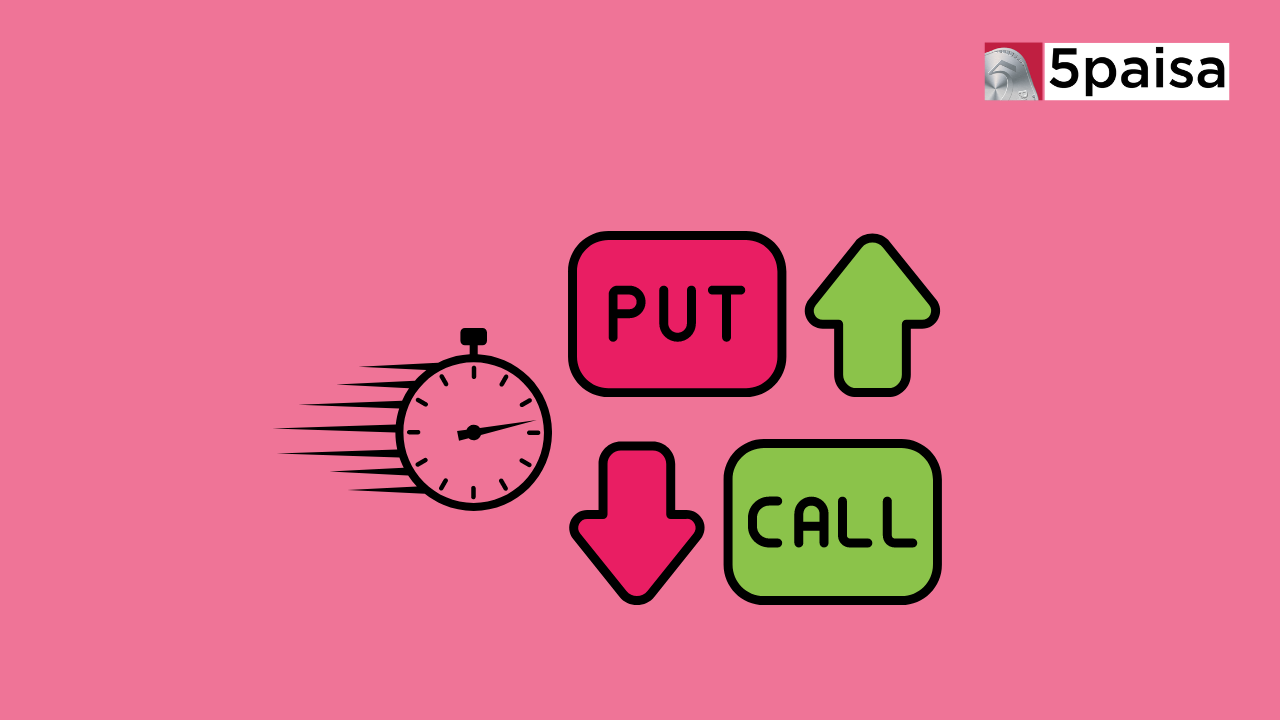Currency Trading - Basics of currency trading

Last Updated: 23rd August 2023 - 04:39 pm
If you have an online trading account with your broker, you don’t need any additional permission to do currency trading. Any trader can buy and sell currency pairs on the NSE or the BSE currency segment. The Currency futures trading were introduced in India on the NSE in 2008. Since then, the gamut of products has expanded to include Rupee pair futures, Rupee pair options, Cross currency pair futures and Cross currency pair options. Unlike equities, you don’t require a demat account as currency trading is purely on a contract basis and no ownership is created.
Currency trading and the concept of currency pairs
Currency trading in India is done in futures and options. Currency future is an exchange traded futures contract to exchange one currency for another at a specified date in the future at a price (exchange rate) that is fixed on the purchase date. On the CD segment of the NSE and the BSE, the price of a currency future contract is typically expressed in terms of INR per unit of other currency. For example, the USD-INR future is expressed in terms of rupees per US$ (like 71/$) where the dollar is the principal currency and the rupee is the secondary currency. Similar logic applies to UK Pound, Euro and Japanese Yen too. Unlike other asset classes like equity, F&O, bonds and commodities that are traded based on asset price, currency futures are always traded as pairs (one currency versus another).
10 things to know about currency trading in India
Here are 10 basic things you must know about currency trading in India.
- Currency trading can be in spot, forwards or futures. Spot currency is used for small forex requirement. Dollar forwards are offered by banks and are only available if you have an underlying currency risk. Currency futures and options allow traders to hedge their risk, speculate in the market, take trading positions and also do arbitrage.
- Currency Derivatives on the NSE and BSE are available for 4 rupee pairs; US Dollars (USD), Euro (EUR), Great Britain Pound (GBP) and Japanese Yen (JPY). Apart from rupee pairs, Cross Currency pairs are available on EUR-USD, GBP-USD and USD-JPY.
- There is no concept of delivery in currency trading. All trading of currencies on the NSE and the BSE is for cash purposes only. Any profit or loss on the currency position can be booked and it just impacts your Online Trading profit or loss.
- Long on currency pair is being long on the principal currency. For example, if you buy the USDINR pair, it means you are expecting the US dollar to appreciate in value or the Indian rupee to depreciate in value on a relative basis.
- Short on currency pair is being short on the principal currency. For example, if you sell the USDINR pair, it means you are expecting the US dollar to depreciate in value or the Indian rupee to appreciate in value on a relative basis.
- Like in the case of commodity derivatives and equity and index derivatives, currency derivatives trading also happens on a minimum lot size. While lot sizes in case of equity and commodity futures are based on quantity, the currency derivatives lot sizes are based on currency value. For example, for USDINR pair, the minimum lot size is $1000 and for the GBPINR pair it is £1000. Trades can be in multiples of this lot size.
- For the purpose of risk management, currency futures trading are also subject to risk management. Hence, any long or short position in currency futures calls for payment of SPAN margins and extreme loss margins (ELM) at the time of initiating trades. In addition, MTM is also payable if price movement is against you.
- Currency options are available on the same pairs that currency futures are available.However, all currency options are necessarily European in nature and can only be exercised on the date of expiry of the contract.
- Currency futures are a means for exporters and importers to hedge their risk against adverse currency movements. For example, importers normally go long on USDINR pairs to hedge their risk while exporters go short on USDINR pairs to cover their currency risk.
- Since the margins in currency futures trading are very low, the leverage is the highest compared to other classes of futures. However, this is also a risk as losses can get magnified.
Currency trading offers the means to participate in currency movements and also to protect your currency risk. That is what makes them potent.
- Flat ₹20 Brokerage
- Next-gen Trading
- Advance Charting
- Actionable Ideas
Trending on 5paisa
Futures and Options Related Articles
Disclaimer: Investment in securities market are subject to market risks, read all the related documents carefully before investing. For detailed disclaimer please Click here.
 5paisa Research Team
5paisa Research Team
 Sachin Gupta
Sachin Gupta




